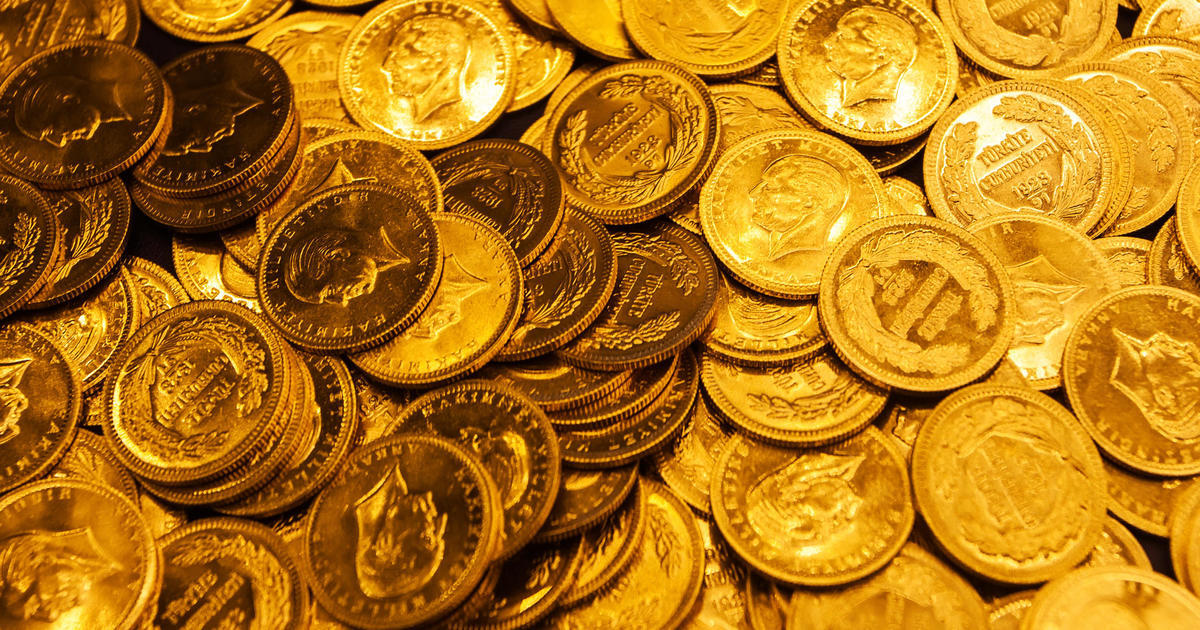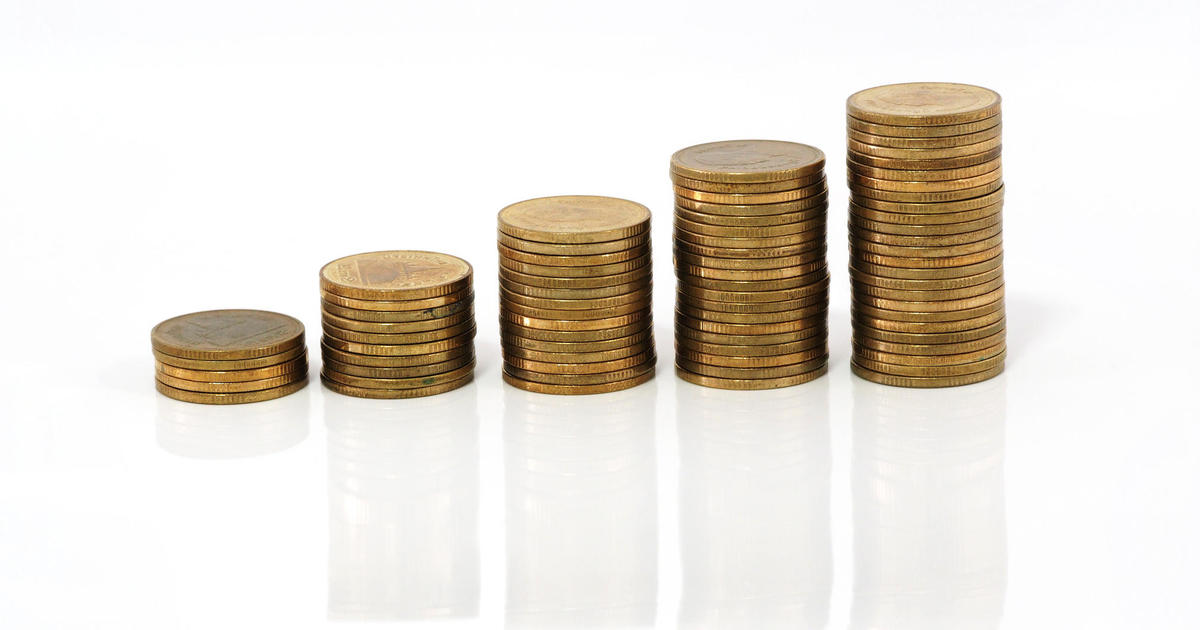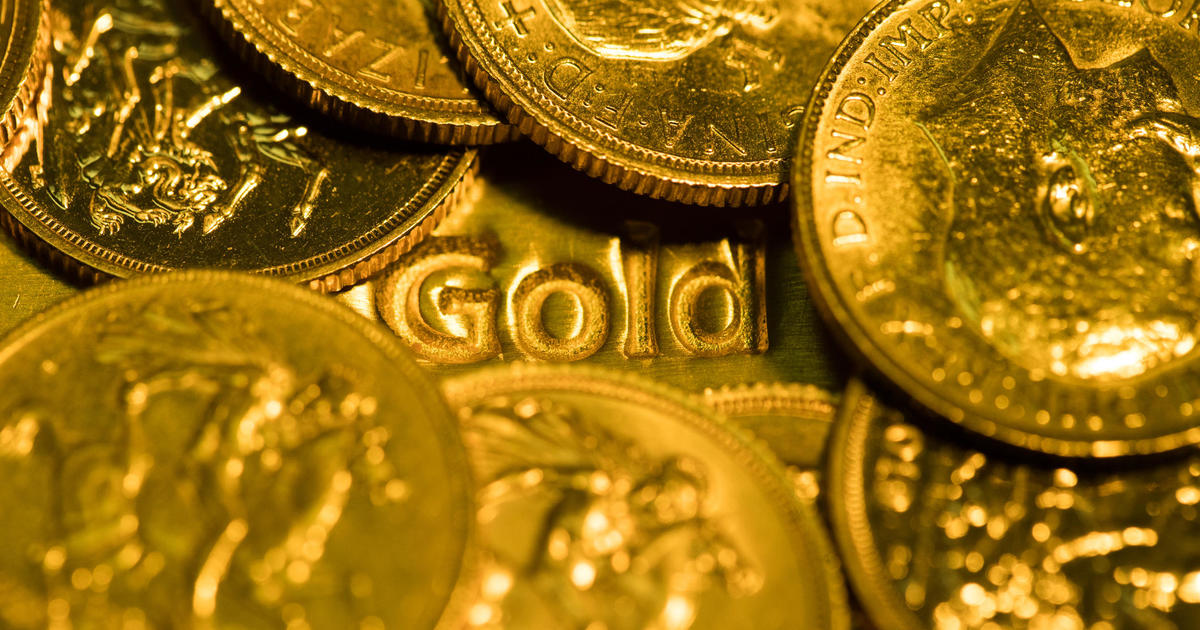Should you invest in gold ETFs?
If you've considered investing in gold, you've likely thought about buying physical coins and bars. But did you know there's more than one way to invest in this precious metal?
One popular way to do so by purchasing gold exchange-traded funds (ETFs). These funds typically represent investments in physical gold or a diversified portfolio of precious metals mining companies.
Gold ETFs typically come with similar safe haven and inflation-protection benefits to investing in physical gold coins and bars, but there are some differences to consider. So, should you diversify your investment portfolio with gold ETFs?
Compare your gold investing options now.
Should you invest in gold ETFs?
Before you can decide whether or not a gold ETF is right for your portfolio, it's important that you understand what these investment vehicles are. ETFs are typically low-cost, professionally managed investment vehicles. These investments usually represent a diverse portfolio of stocks, bonds, commodities or a mix of the three.
Gold ETFs are like traditional ETFs. The only difference is that they center around gold - meaning they typically rise and fall with the price of the yellow metal. So, what benefits do these investment vehicles have over investing in physical gold:
- Cost of entry: A single ounce of gold costs about $1,994.83 as of December 11, 2023. So, it can cost thousands of dollars to make a physical gold investment. Sure, you can buy smaller quantities of the precious metal, but increases in per-ounce dealer fees typically make it less advantageous to do so. However, you can invest in an ETF for the cost of a single share. Those shares often sell for somewhere between $25 and $100, making them far more accessible to the masses.
- Cost of storage: When you invest in physical gold, you'll need to pay a depository for storage if you don't want to take the risks associated with storing your gold at home. Sure, you'll pay management fees to invest in ETFs, but those fees are typically minimal.
- Diversification: You can diversify your gold holdings by investing in physically-backed gold ETFs and gold mining ETFs. Both options typically come with inflation protection and safe haven properties and diversification could come with an improved risk-adjusted return.
Diversify your investment portfolio with gold today.
Gold ETF types to know
If you decide to invest in gold ETFs, you'll need to choose between physically-backed gold ETFs and mining ETFs. So, what's the difference?
Physically-backed gold ETFs
Physically backed ETFs receive investments from a group of investors. They use the money they've received to purchase large amounts of physical gold and usually store that gold in their own vaults. As an investor, each share you own is worth a proportionate share of gold in the ETFs vault.
Gold mining ETFs
Gold mining ETFs typically represent a diversified investment in gold mining stocks. These stocks often rise and fall with the price of gold since changes in gold's price have an impact on their profitability. On the other hand, they may also pay dividends. Moreover, gold mining ETFs generally experience a higher level of volatility than physically-backed gold ETFs. That's because mining funds represent portfolios of publicly traded companies that may grow, shrink, succeed or fail.
How to use gold investments
Gold is often considered a safe haven investment. But how can you use it to reduce your risk while having a minimal impact on your returns? "For investors, we're looking for risk-adjusted returns over time," says Chris Berkel, investment advisor and president of AXIS Financial in Edmond, Oklahoma.
"Going back to 1972, in a three-asset portfolio, if you were to take a 20% allocation in gold, 50% allocation in equities (U.S. market proxy) and 30% in fixed income (10-year treasury), rebalancing annually, the portfolio sharpe ratio would increase from 0.49 to 0.54 with a 21.09% drawdown versus the 60/40 portfolio's 27.98% drawdown." So, "what about returns," asks Berkel. "Almost zero difference."
"Compounded growth rates of the portfolio with 20% allocated to gold were 9.45% compared to 9.13% for the traditional 60/40," Berkel explains. He says, "there were periods where the portfolio will vary greatly on a 60/40 index, but over time, the differences are reduced and the portfolio benefits from lower drawdown."
The bottom line
Gold ETFs are a compelling way to gain exposure to the precious metal in your portfolio. Consider diversifying your portfolio with gold ETFs today to potentially improve your risk-adjusted returns while protecting yourself against inflation and bear markets.





